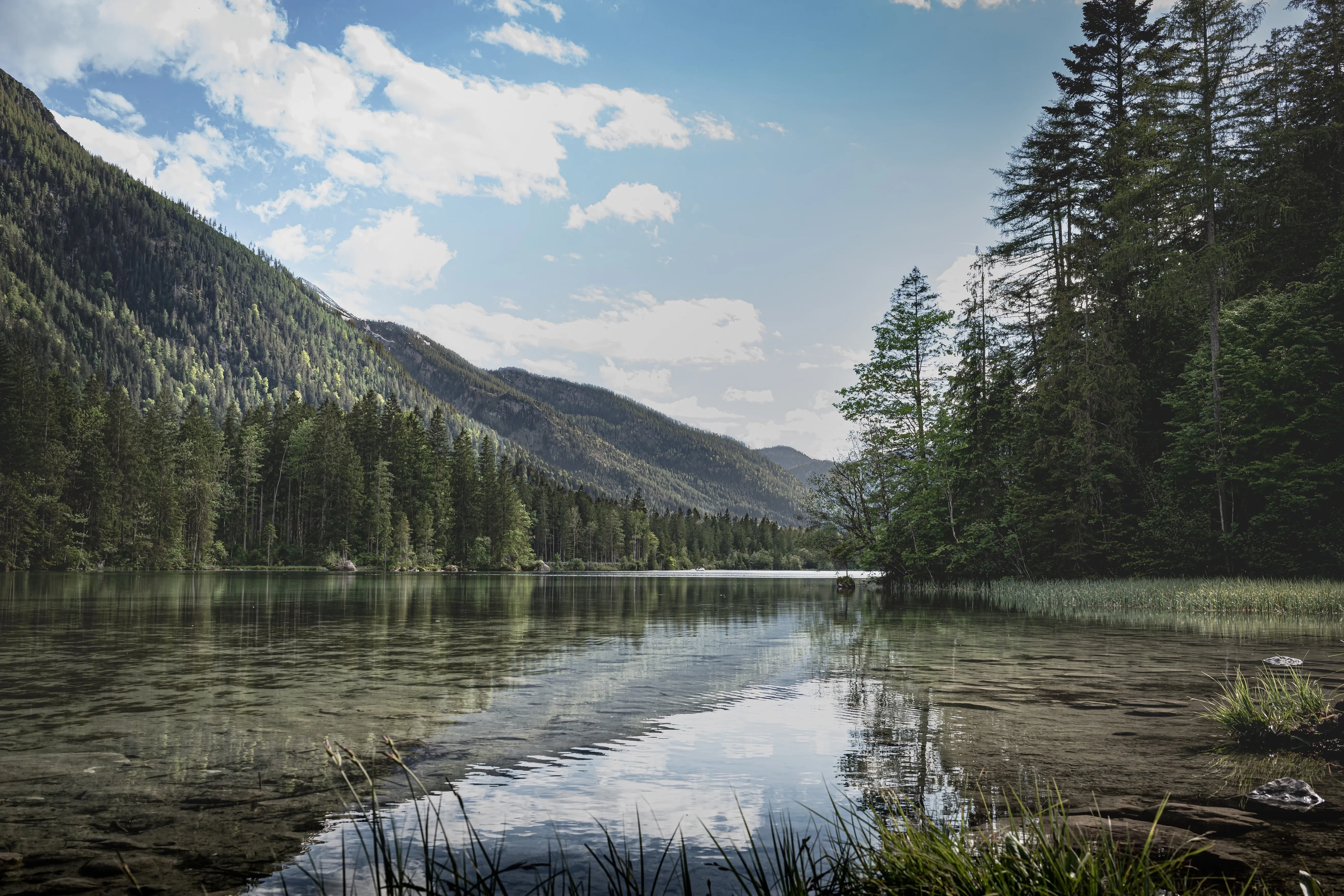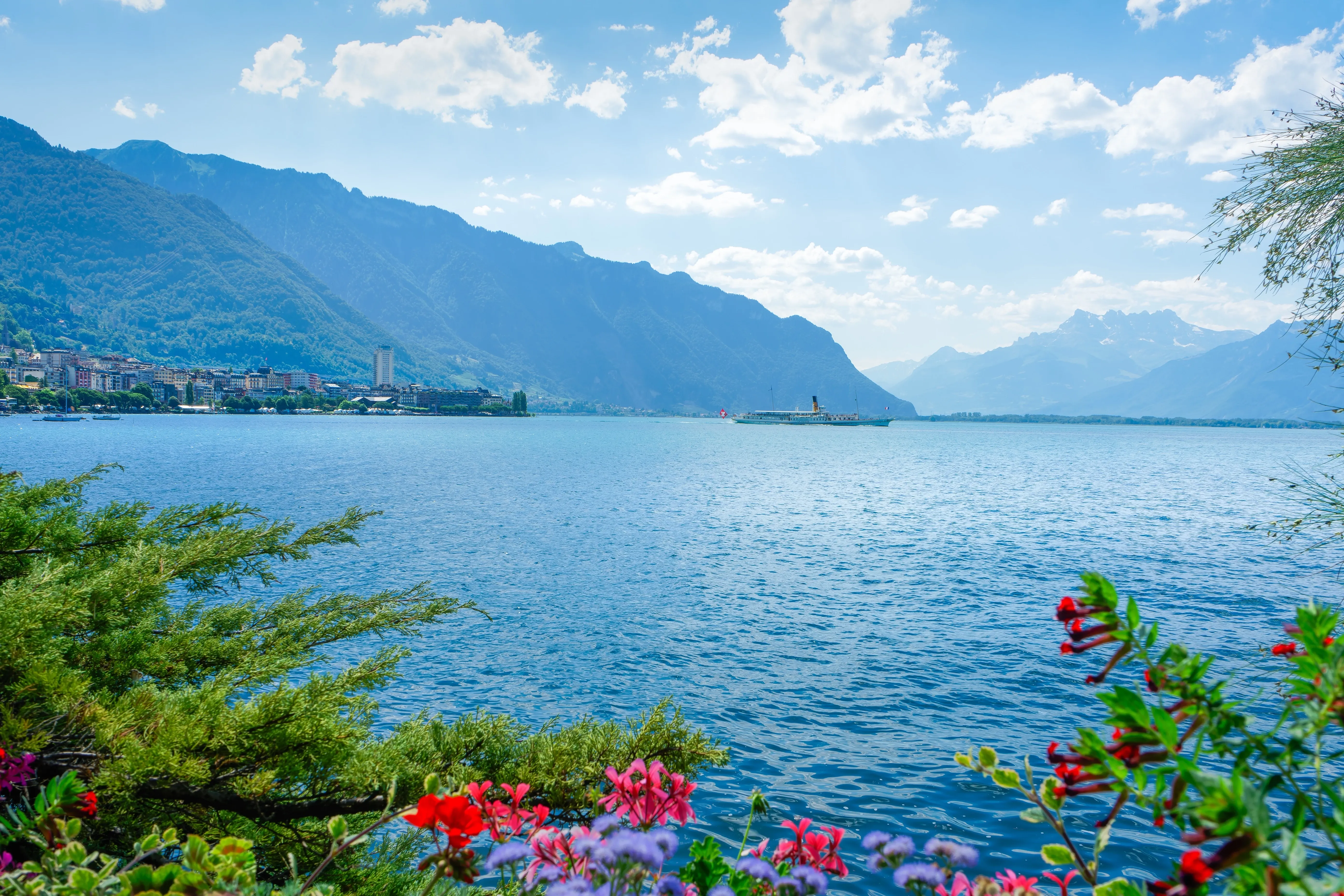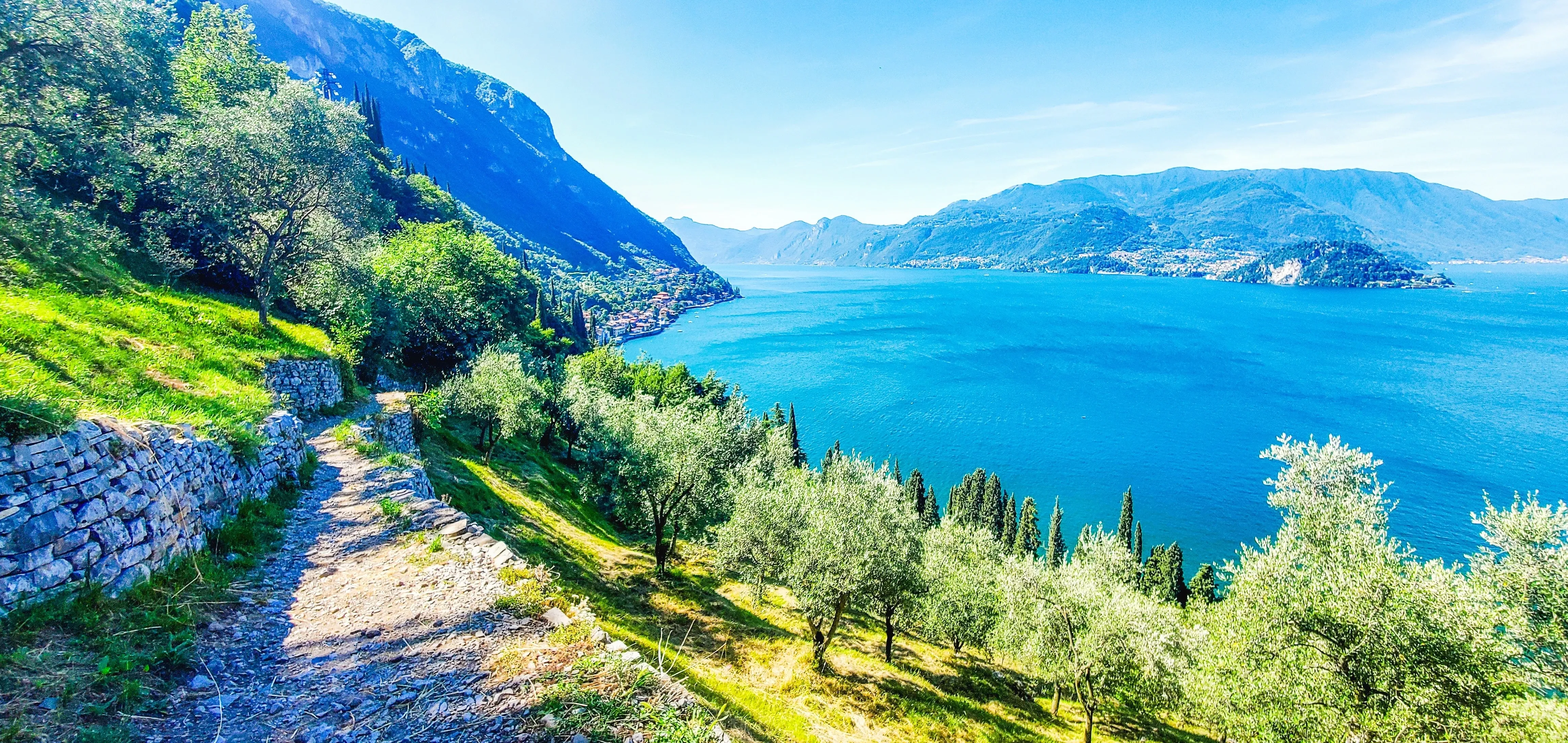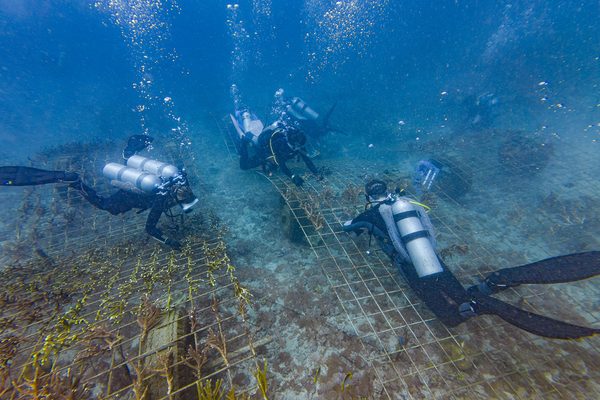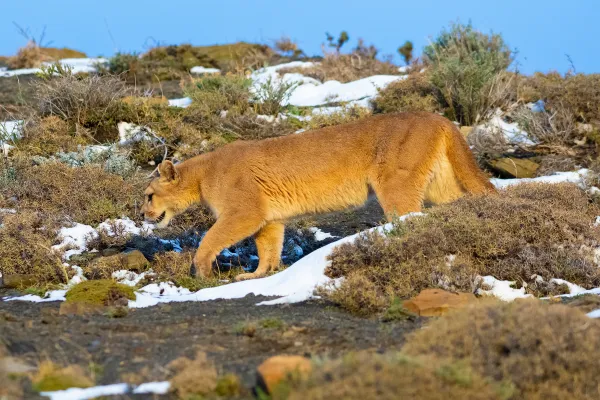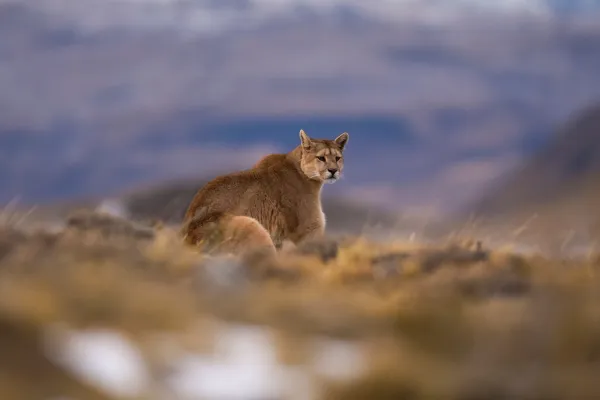Europe’s life blood: Lakes
Lakes are a vital part of Europe's natural heritage and play a critical role in maintaining the ecological balance of the continent. Europe is home to some of the world's largest and most diverse lakes, ranging from glacial lakes in the north to volcanic lakes in the south.
In this article, we will explore the ecological importance of Europe's lakes, the unique features of some of the most significant lakes, and the challenges and threats they face.
Europe's largest and most ecologically important lakes
Lake Ladoga in northwestern Russia is Europe's largest lake by area, covering approximately 17,700 km². The lake is renowned for its crystal-clear waters, which support a rich diversity of fish species, including salmon, trout, and sturgeon. The lake also provides a habitat for a variety of waterfowl, such as the whooper swan and the white-tailed eagle. The lake is also home to a unique species of fish known as the Ladoga seal, which is one of the few species of freshwater seals in the world.
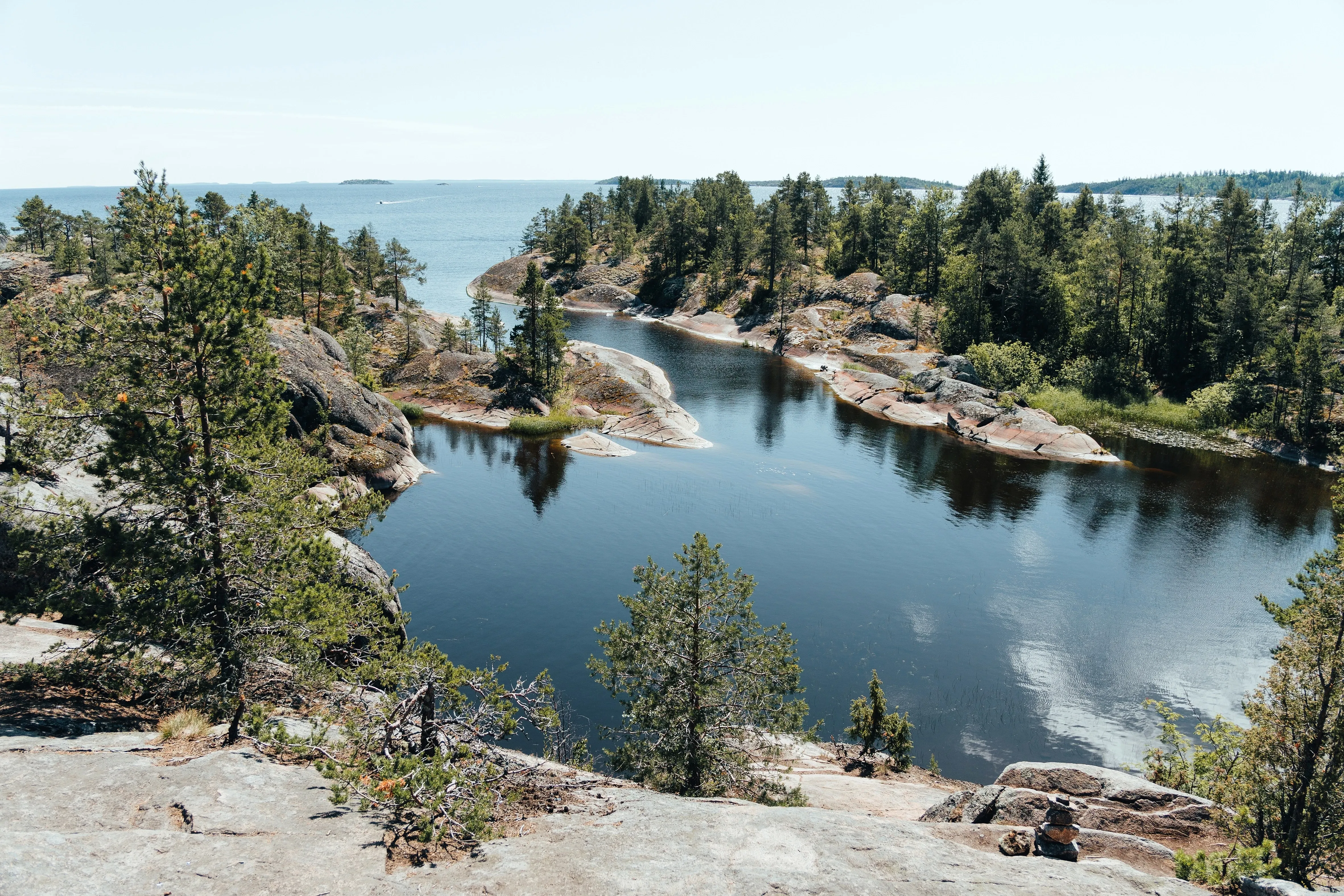
Lake Geneva, which sits on the border between Switzerland and France, is one of Europe's most iconic lakes, covering an area of approximately 582 km². The lake is surrounded by snow-capped mountains and is home to several picturesque towns and villages. The lake is renowned for its trout and char fisheries, as well as its clear waters. The lake provides a habitat for a variety of birds, such as the common merganser and the great crested grebe.
Lake Como, located in northern Italy, is one of Europe's most scenic and glamorous lakes, covering an area of approximately 146 km². The lake is surrounded by lush forests, elegant villas, and picturesque towns. The lake is home to several fish species, including whitefish, pike, and perch. The lake also provides a habitat for several bird species, such as the blackbird and the goldcrest.
Ecological importance of lakes in Europe
Lakes play a crucial role in maintaining the ecological balance of Europe. They are essential water resources, providing freshwater for drinking, irrigation, and industrial purposes. They also regulate the water cycle, maintaining groundwater recharge and reducing soil erosion.
The diversity of aquatic life in the lakes provides important ecosystem services such as nutrient cycling, water filtration, and pollination.
The lakes in Europe provide habitats for numerous fish species, including some of Europe's most iconic and endangered species. For example, the European perch, which is a common species in European lakes, provides an essential food source for several bird and mammal species.

Other fish species, such as the trout and the salmon, which are dominant species in several European lakes, provide important ecosystem services such as nutrient cycling and carbon sequestration.
The flora and fauna in and around the lakes are also critical to the ecosystems. Several plant species, such as water lilies and pond weeds, provide a habitat for fish, birds, and other aquatic animals. The lakes also provide breeding and nesting sites for numerous bird species, such as herons, ducks, and swans.
Challenges and threats for Europes lakes
Despite their ecological importance, lakes in Europe are facing several challenges and threats. Climate change is causing significant changes to the lake ecosystems, leading to altered precipitation patterns, increased water temperatures, and changes in aquatic vegetation patterns. The warmer water temperatures are also leading to the spread of invasive species, such as the water hyacinth and the American signal crayfish.
Human activities such as pollution, overfishing, and urbanisation are also putting pressure on the lake ecosystems, leading to habitat loss, fragmentation, and soil erosion. The pollution of lakes with nutrient-rich substances, such as fertilisers and sewage, can lead to depletion and fish kills.
Overfishing, another human activity, is putting pressure on fish populations, leading to their depletion. This is especially concerning for commercially valuable fish species like salmon and trout, which fishing fleets frequently target. Unsustainable fishing practises can also lead to the decline of non-target species, including threatened and endangered species, as well as the loss of biodiversity.

Urbanisation, the process of expanding cities and towns, is also a significant threat to lake ecosystems. The construction of buildings, roads, and other infrastructure can lead to habitat loss, fragmentation, and soil erosion, reducing the water quality of the lakes. The use of pesticides and other chemicals in urban areas can also pollute the lakes, leading to the overgrowth of algae and other harmful algal blooms.
Overall, Europe’s lakes are vital to the ecological balance of Europe, providing essential water resources, regulating the water cycle, and supporting a diverse range of flora and fauna. However, lakes in Europe are facing several challenges and threats, including climate change, pollution, overfishing, and urbanisation.
It is essential to take proactive steps to protect these valuable natural resources, such as implementing sustainable fishing practices, reducing pollution, and promoting responsible urban planning. By working together, we can ensure that Europe's lakes continue to thrive, providing important ecosystem services and supporting biodiversity for generations to come.
Sign up for the newsletter
By clicking on “Subscribe now” I will subscribe to the Conscious Explorer newsletter with all the information about mindful travel. Information on the success measurement included in the consent, the use of the shipping service provider MailChimp, logging of the registration and your rights of revocation can be found in our privacy policy.
